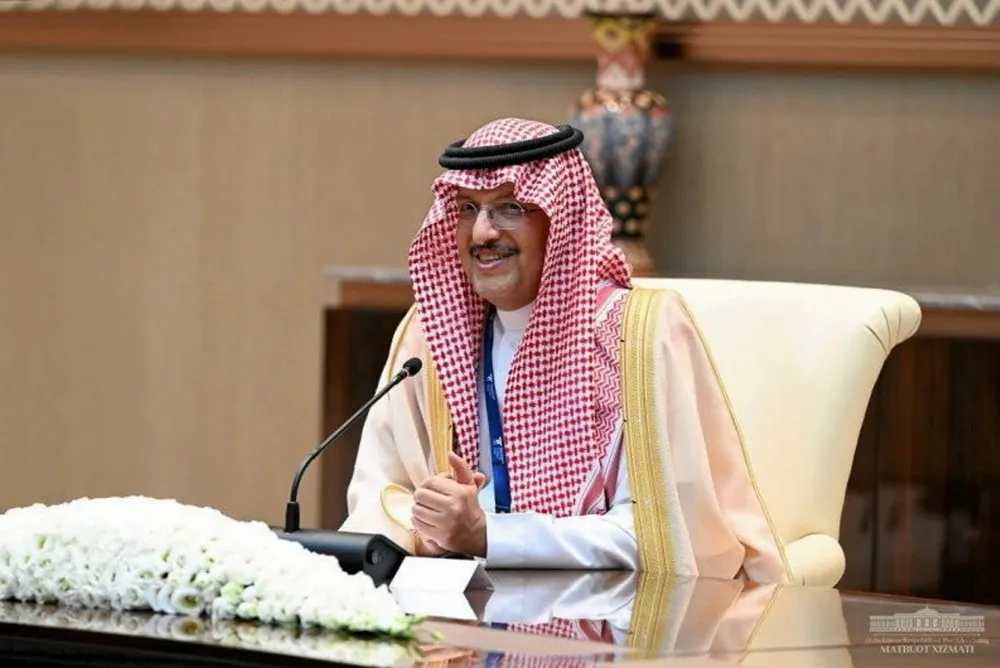Green hydrogen to replace grey H2 in Uzbekistan after Saudi firm signs $88m offtake deal with state ammonia producer
Neom co-developer ACWA Power will provide up to 3,000 tonnes of green hydrogen annually for at least 15 years

Neom co-developer ACWA Power will provide up to 3,000 tonnes of green hydrogen annually for at least 15 years
